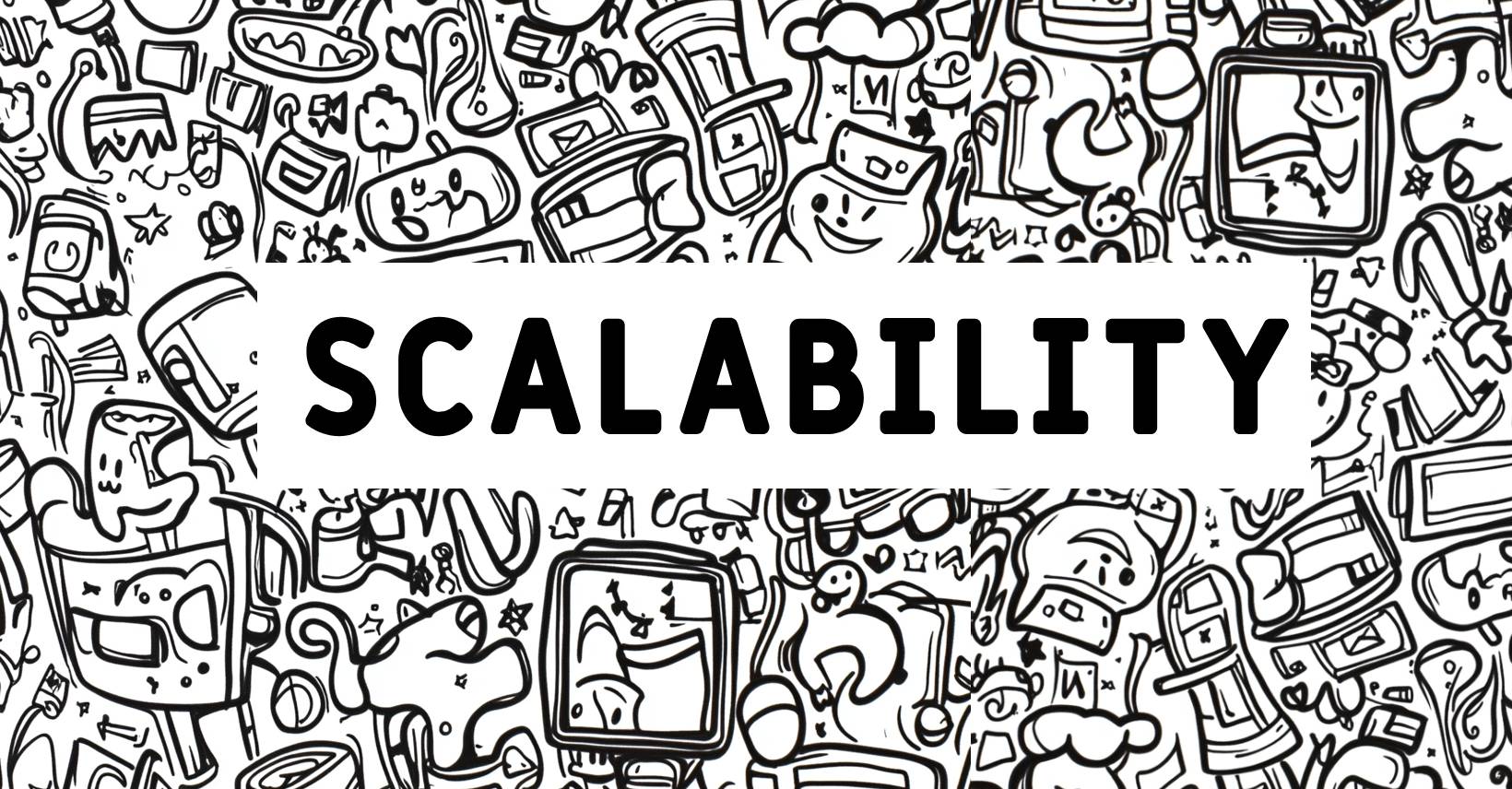
Have you ever had so many things going on at once that you wondered if you were really trying out for the circus? Yes, that is essentially how my life is. Between work, side projects, and keeping up with the newest tech trends, I have a lot on my plate. Creating scalable systems for company growth has been a big part of one of those plates lately. Is not it very exciting? Okay, maybe it is more for me than for you, but it feels good.
What does "scalability" mean, and why does it matter? This is a good way to think about it: let us say your business is a restaurant and things are going great. The food is tasty, and people are coming in, but then... More and more people keep coming in. It goes from being a quiet diner to a full-on rush, and you realize your restaurant is not ready for this many people. This is where scalability comes in—making a system that can grow with the business without snapping.
Now, you can scale in two main ways: vertically and horizontally. When you use vertical scaling, you add more tables and chairs to your restaurant. You just keep squeezing them in. It is about making your current set-up better so you can serve more people, cook more food, and keep everything running smoothly. The opposite of vertical scaling is horizontal scaling, which means adding a new location across the street to increase the load. To fit the growing number of people, you add more kitchens, staff, and space. The only thing left to do is choose the method that best fits your needs. Like choosing between opening a second location or making your restaurant's hours longer.
But wait, there is more! (Yes, more stuff.) To keep things running smoothly, you will need load balancing, which is like having a host who seats people evenly across the restaurant so that no one area gets too crowded. By spreading the work across multiple servers (or kitchens in this case), load balancing makes sure that no one area is overworked. It is like making sure that every customer is served on time instead of having one chef try to do everything by themselves.
Microservices architecture is another one. Instead of having one big kitchen that does everything (sounds crazy, does not it?), you split things up into smaller kitchens that do things better. One group is in charge of the starters, another of the main courses, and a third of the desserts. That way, each part of the restaurant can be made bigger or smaller on its own, without affecting the others. It is like having grill, pasta, and pastry stations in a restaurant. Each one can do its own thing without bothering the others.
How about your supplies? Yeah, when your restaurant has too many customers, you will need to figure out how to handle your stock and resources with tools like caching, sharding, and replication. Splitting your inventory into several storage rooms (so all the ingredients are not in one place) is like sharding. Replication makes sure there is extra stock in case something runs out (no one wants to be short on ingredients during a dinner rush, do they?). And caching speeds things up by keeping things that are used often close at hand, like sauces that are already made and ready to be served. Even when your restaurant is busy, each of these techniques will help keep things running smoothly.
Auto-Scaling is the next thing you can think about. This is where your restaurant's staff and kitchen resources are changed automatically based on how many people are coming in. In the same way, auto-scaling in cloud computing changes your system's resources on the fly based on how much they are being used. If your restaurant suddenly gets a lot of reservations, it will not be hard to keep up. Maybe someone posted a great review on social media. The system grows to fit the crowd, and you do not even have to do anything.
I would be lying if I said it was always easy with all this talk about scalability. Sometimes it is hard to make scalable systems. There could be problems, such as performance bottlenecks or making things too hard. For example, have you ever tried to add too many items to a menu and make the kitchen run more slowly? But if you can find the right balance, it will change everything for your restaurant (aka software). The best part? In the long run, it sets you up for a solid foundation.
This means that scalability is important to think about whether you run a restaurant or building your software. Learning how to make systems that can scale with you can really help you stand out as a developer. Learning how to design for scalability will not only help you get ready for sudden, large increases in traffic, but it will also help you make systems that work better and remain reliable. You will become a better software developer over time if you think about scalability from the beginning. This will also help you be successful with your projects, no matter how big they get.